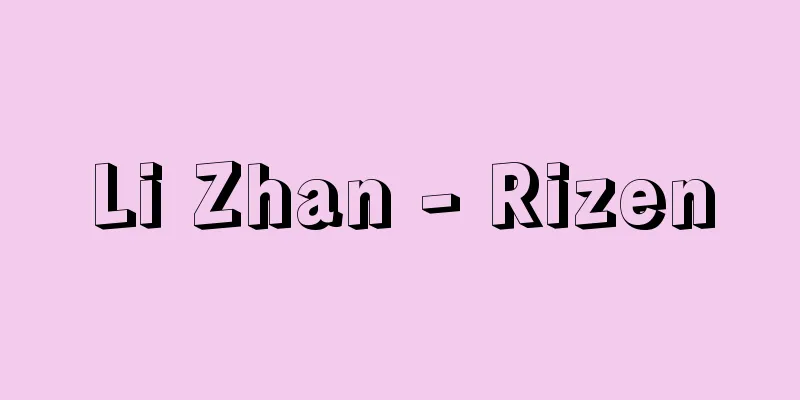Good fortune - qǐ yùn (English spelling)

|
In China during the Ming and Qing dynasties, this term refers to the transport of grain or substitutes collected as land tax in local areas to the national capital of Beijing or other designated locations, as well as the transported goods themselves. In contrast, the retention of an amount of grain or substitutes necessary for local administration from the tax, as well as the goods themselves, was called 'sunliyu'. In the Ming dynasty, the term 'sunliyu' was broadly divided into three types according to the destination: to the capital treasury or storehouse in Beijing, to Nanjing, and to warehouses in the northern region or other regions. Source: Heibonsha World Encyclopedia, 2nd Edition Information |
|
中国,明・清時代,地方で土地税として徴収された穀物あるいはその代替物を国都北京およびその他の指定地へ輸送すること,また輸送される物自体を指す。これに対して,税の中から地方行政に必要な額の穀物あるいは代替物を留めおくこと,またその物自体を存留(そんりゆう)と呼んだ。明代について,起運をその目的地によって大別すると,北京の京庫・京倉へ送る場合,南京に送る場合,北辺およびその他の地方の倉庫へ送る場合の3種に分けられる。
出典 株式会社平凡社世界大百科事典 第2版について 情報 |
Recommend
Pernter, JM
…In 1916, he published Dynamische Meteorologie (M...
Defendant - Defendant; Beklagter
In a civil or administrative lawsuit, the party ag...
Two-sided difference - Nikinsa
A periodic perturbation in the Moon's ecliptic...
Anglo-American law
Anglo-American law is a term combining English la...
Swap transaction - Swap transaction
A transaction in which different cash flows such a...
Kyosho (Era name)
...Then, in 84 (Genchu 1, Shitoku 1), the Kōtok...
Matsunaga Japanese style
The stage name of a Nagauta singer. The first (? -...
Bank accounting system
...It is a type of bookkeeping that records, calc...
Kaguragamine
...The summit is flat, and the remains of the cra...
Rice leaf beetle - Rice leaf beetle
An insect belonging to the family Chrysomelidae i...
moon-moth
…They are found in Hokkaido and Honshu, but their...
zombie
…Examples of humans who have turned into monsters...
Dissected alluvial fan - Dissected alluvial fan
…In arid and semi-arid regions, the production of...
Spider orchid - Spider orchid
A small, leafless epiphytic orchid. It got its Jap...
Price Flexibility and Employment
…In contrast to Hayek and Mises, who argued that ...









